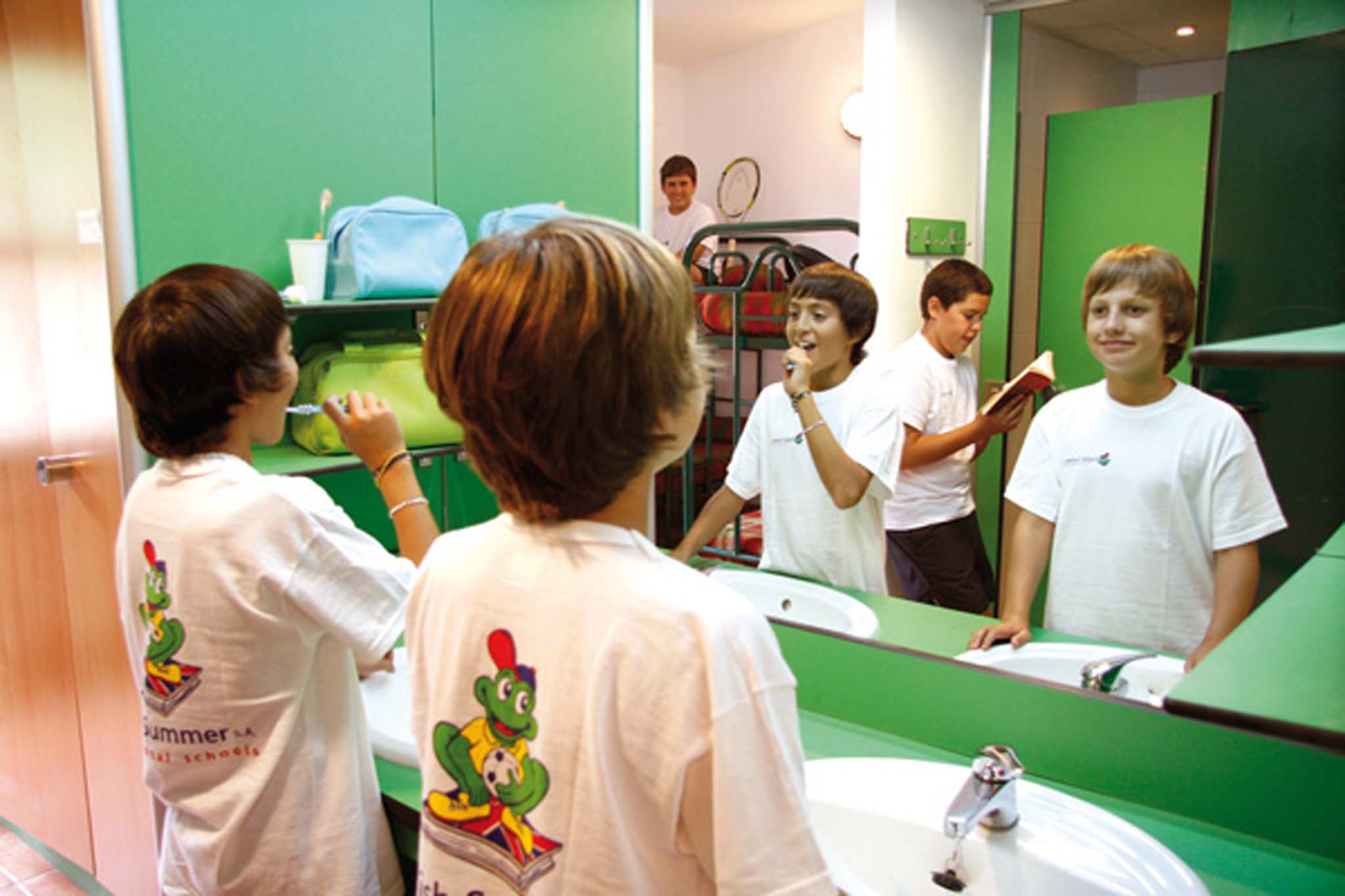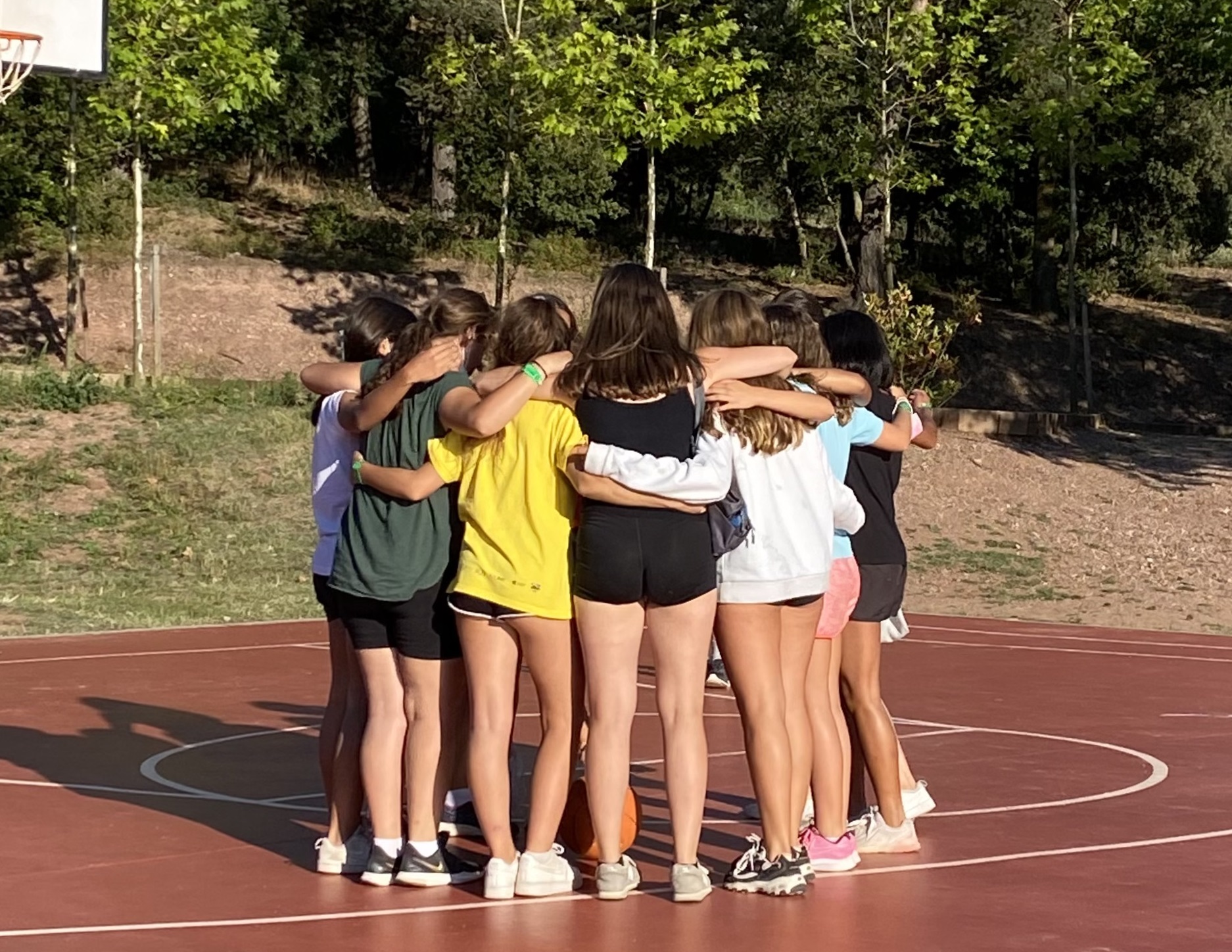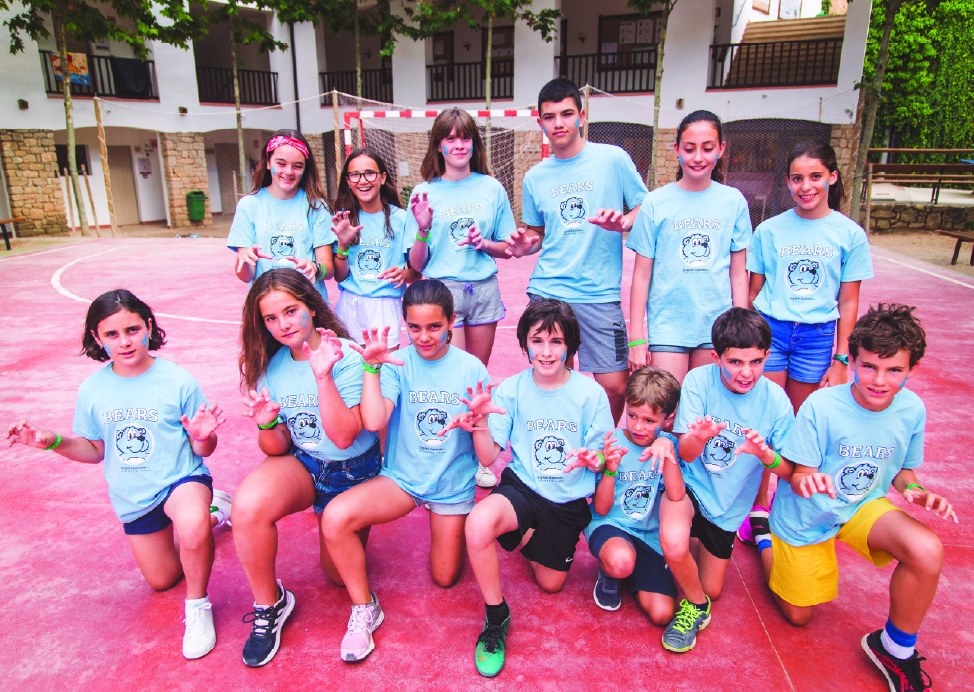Discover activities and tips to foster independence in children ages 6 to 12. Real-life strategies from experts
 Between the ages of 6 and 12, children are in a key stage of their development: they begin to build their identity, make more conscious decisions, and discover what they are capable of doing on their own. During this period, fostering autonomy in children aged 6 to 12 is not just an educational recommendation, but a real necessity to prepare them emotionally and cognitively for life. In our work with families and children at English Summer, we’ve seen firsthand how small gestures and everyday activities can transform a child’s confidence and their ability to act responsibly. In this article, we share strategies, real experiences, and concrete activities that will help you cultivate this autonomy at home or in contexts like educational camps.
Between the ages of 6 and 12, children are in a key stage of their development: they begin to build their identity, make more conscious decisions, and discover what they are capable of doing on their own. During this period, fostering autonomy in children aged 6 to 12 is not just an educational recommendation, but a real necessity to prepare them emotionally and cognitively for life. In our work with families and children at English Summer, we’ve seen firsthand how small gestures and everyday activities can transform a child’s confidence and their ability to act responsibly. In this article, we share strategies, real experiences, and concrete activities that will help you cultivate this autonomy at home or in contexts like educational camps.
Why is it important to foster autonomy at this stage?
Confidence and self-esteem
As children acquire skills and responsibilities, their confidence increases. When a child feels they can dress themselves, manage their school backpack, or make simple decisions, their self-esteem is naturally reinforced.
Development of life skills
Fostering autonomy in children aged 6 to 12 involves equipping them with practical tools: organization, time management, problem-solving, communication… Skills they will use both at school and later in adult life.
Reducing overprotection
It’s natural to want to help them with everything, but if we intervene too much, we prevent them from experiencing trial and error—so valuable for their learning. Trusting them is also part of the process.

Everyday activities to work on autonomy
Taking on small responsibilities at home
Ideal age: from 6 years old.
Real-life example: in our camps, each child is responsible for making their bed, organizing their backpack, and helping clean common areas. At first, it’s a challenge, but within a few days they feel proud of doing it by themselves.
Practical tip: adapt tasks to their age. At 6, they can set the table; at 10, prepare their own breakfast.
Packing their own backpack or suitcase
Duration: about 15–20 minutes, depending on age.
Objective: to learn to anticipate their needs (clothing, school supplies, personal items).
Tip: create a visual checklist with them at the beginning. Over time, they’ll remember it without help.
Activities to foster autonomy in children through play
Role-playing games with real responsibilities
Example: pretend play involving a store, a doctor’s office or a restaurant, where the child takes on active roles (cashier, cook, customer with decision-making).
Why it works: through play, children are in a safe environment that allows them to try out decisions without real consequences, strengthening their initiative.
Gymkhanas with independence challenges
Perfect for camps or birthday parties.
Requires: prior planning, clues, small tasks.
Objective: for the child to solve clues, make decisions as a team, and face challenges involving orientation or logic.
In our English Summer programs, these activities are essential: children enjoy them while unconsciously practicing skills such as cooperating, deciding, or leading.

Activities to develop children’s autonomy in everyday life
Organizing their school schedule
From age 8, they can start using a basic planner.
Recommendation: include a visual section (colors, drawings) and teach them to plan tasks or exams.
Result: they feel ownership over their time, which motivates them to meet their goals.
Assigning them a small purchase
Practical example: “Go buy the bread and pay with these coins.”
Ideal for children aged 7 to 10, always with close supervision.
They learn: how to handle money, interact with adults, and take responsibility.
How to foster autonomy in children in educational and social settings
Participating in family decisions
Example: choosing the weekend activity, deciding between two dinner menus, or proposing an outing.
Tip: value their opinion even if the final choice isn’t theirs. This makes them feel heard and appreciated.
Enrolling them in activities with other adult role models
Camps, sports clubs, scout groups, or theater classes.
At English Summer, our counselors guide children through daily routines where they manage their hygiene, their time, and their group interactions themselves. With supervision and affection—but without solving everything for them immediately.
Added benefit: they develop their autonomy by stepping away from the family environment and adapting to new dynamics.
What to avoid if you want to promote autonomy
Correcting or doing things for them “because you do it faster”
Although it’s tempting, you’re sending the message that they’re not capable. Patience is key: let them try and acknowledge the effort, not just the outcome.
Always anticipating their needs
If every time they’re thirsty you hand them water before they ask, they’ll never learn to express themselves or recognize their own sensations. Wait for them to tell you—or better yet, encourage them to find a solution themselves.
How to adapt activities according to age
6-7 years Basic routines and self-care: Getting dressed, picking up toys, setting the table
8-9 years Organization and decision-making: Choosing appropriate clothing, preparing their backpack, role-playing games
10-12 years Time management, problem-solving: Using a planner, cooking simple recipes, group tasks
Educating with confidence and letting them flourish
Fostering autonomy in children aged 6 to 12 is a daily process, full of small achievements and challenges. It’s not about demanding independence all at once, but about accompanying them as they discover what they are capable of.
At English Summer, we’ve been working with children in this age group for over 40 years, and we know that environments combining fun, responsibility, and respectful guidance are the ones that best support personal growth. If you’re looking for a setting where they can learn English while gaining autonomy, discover new passions, and make real friendships, we encourage you to discover our camps.
Because autonomy isn’t taught—it’s lived.

